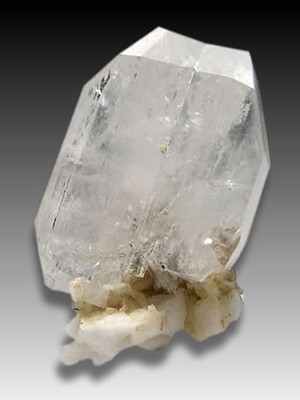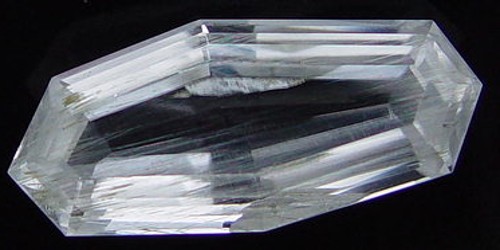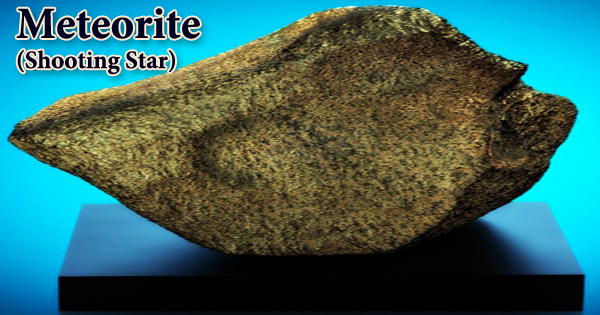Hambergite (Be2BO3OH) is a beryllium borate mineral named after Swedish explorer and mineralogist Axel Hamberg (1863–1933). It is an orthorhombic-dipyramidal mineral containing beryllium, boron, hydrogen, and oxygen. The mineral occurs as white or colorless orthorhombic crystals.
General Information
- Category: Borate mineral
- Formula: Be2BO3OH
- Crystal system: Orthorhombic
- Crystal class: Dipyramidal (mmm)

Fig: Hambergite – a beryllium borate mineral
Properties
Madagascar is an important source for facet-grade rough of this rare gem. Flawless stones are unusual and the perfect cleavages frequently cause problems for facetier. Rough pieces seldom exceed 4 grams.
- Color: Colorless, pale gray, pale yellow
- Crystal habit: Prismatic crystals
- Tenacity: Brittle
- Mohs scale hardness: 7.5
- Luster: Vitreous
- Streak: White
- Diaphaneity: Transparent to translucent
- Specific gravity: 2.347–2.372
- Optical properties: Biaxial (+)
Occurrence
Hambergite occurs in beryllium-bearing granite pegmatites as a rare accessory phase. It occurs associated with beryl, danburite, apatite, spodumene, zircon, fluorite, feldspar and quartz.
It was first described by mineralogist and geographer W. C. Brøgger in 1890. The type locality is Salbutangen, Helgeroa, Langesundsfjorden, Larvik, Vestfold, Norway where it was found in a pegmatite dike of nepheline syenite composition.
Infoormation Source:
















